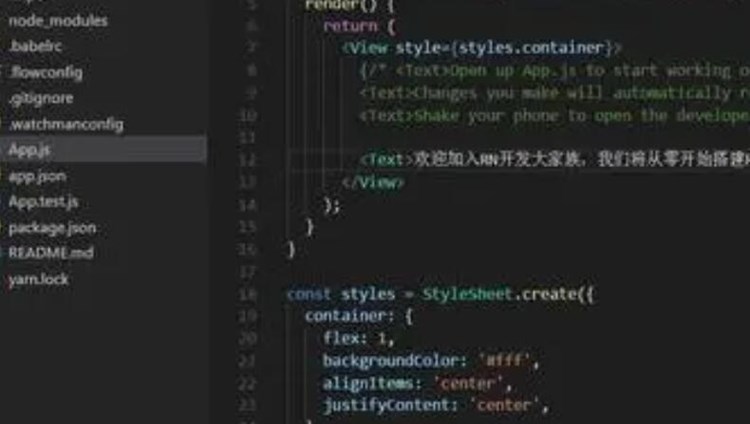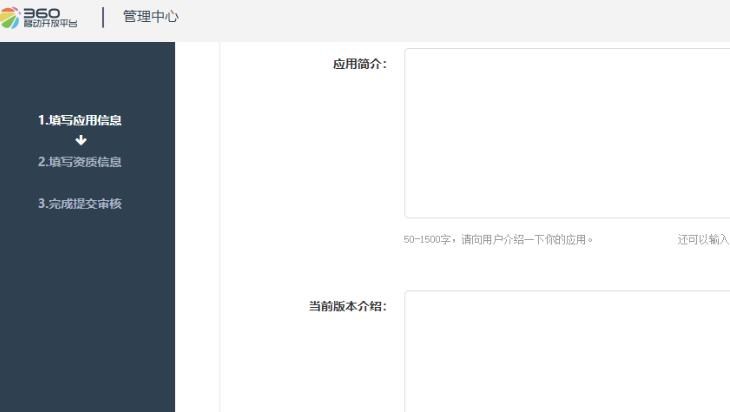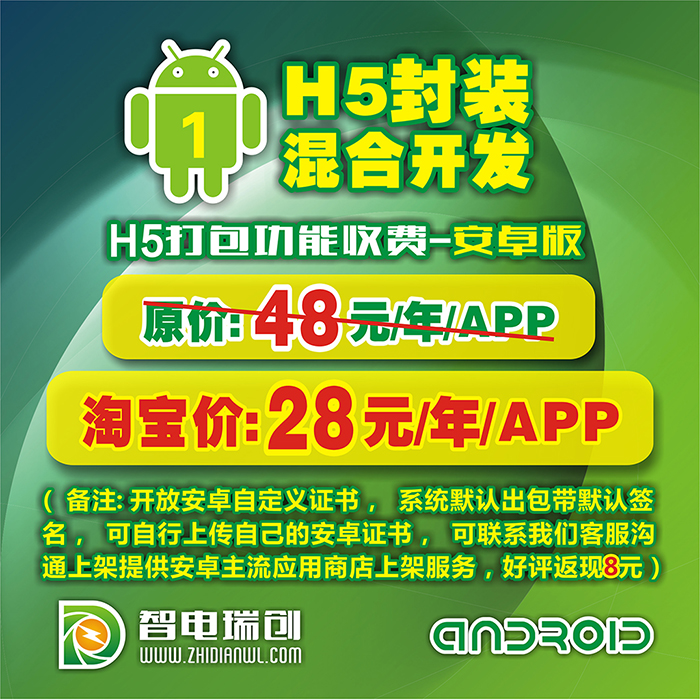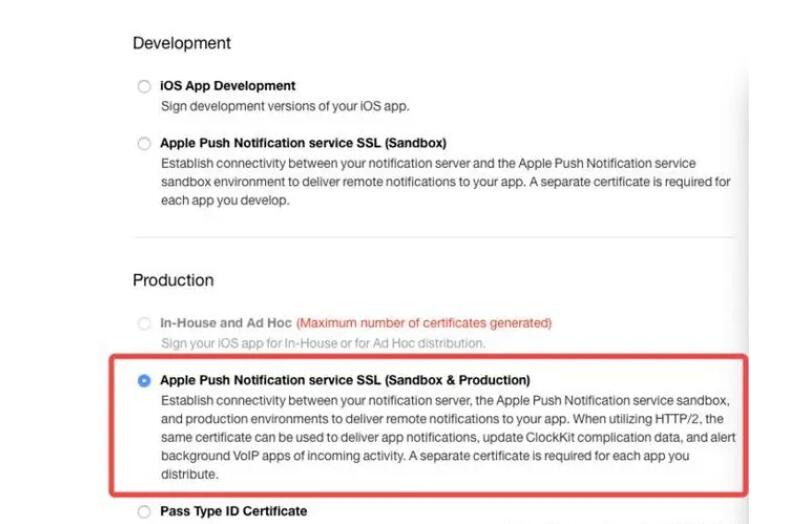iOS LBS(Location-Based Service)開發(fā)是一種基于地理位置信息的應(yīng)用開發(fā),通過獲取用戶的位置信息,實現(xiàn)定位、導(dǎo)航、周邊搜索等功能。其原理是利用GPS、基站定位、WIFI等技術(shù)獲取用戶的地理位置信息,然后將位置信息與地圖、POI等數(shù)據(jù)進(jìn)行融合,從而實現(xiàn)LBS應(yīng)用的開發(fā)。
在iOS平臺上,LBS開發(fā)主要依靠Core Location框架和Map Kit框架。Core Location框架主要用于獲取設(shè)備的位置信息,包括經(jīng)緯度、海拔、速度、方向等。Map Kit框架則用于顯示地圖、POI等信息,并提供導(dǎo)航、路線規(guī)劃等功能。
下面分別介紹Core Location框架和Map Kit框架的使用。
一、Core Location框架
1.獲取位置信息
要使用Core Location框架獲取設(shè)備的位置信息,首先需要創(chuàng)建一個CLLocationManager對象,并設(shè)置其代理對象。然后使用startUpdatingLocation方法開始獲取位置信息,如下所示:
“`swift
let locationManager = CLLocationManager()
locationManager.delegate = self
locationManager.requestWhenInUseAuthorization()
locationManager.startUpdatingLocation()
“`
在代理方法中,可以獲取到設(shè)備的位置信息,如下所示:
“`swift
func locationManager(_ manager: CLLocationManager, didUpdateLocations locations: [CLLocation]) {
let location = locations.last
print(“經(jīng)度:\(location?.coordinate.longitude),緯度:\(location?.coordinate.latitude)”)
}
“`
2.反地理編碼
反地理編碼是將經(jīng)緯度坐標(biāo)轉(zhuǎn)化為具體的地址信息,可以使用CLGeocoder類實現(xiàn)。如下所示:
“`swift
let geocoder = CLGeocoder()
geocoder.reverseGeocodeLocation(location) { (placemarks, error) in
if error == nil {
let placemark = placemarks?.first
print(“地址:\(placemark?.name ?? “”)”)
}
}
“`
二、Map Kit框架
1.顯示地圖
要在iOS應(yīng)用中顯示地圖,可以使用MKMapView類。首先需要在Storyboard中添加一個MKMapView控件,并將其關(guān)聯(lián)到ViewController的IBOutlet屬性。然后在代碼中設(shè)置MKMapView的delegate屬性,以便接收地圖相關(guān)的事件。最后,使用setRegion方法設(shè)置地圖的中心點和縮放級別,如下所示:
“`swift
@IBOutlet weak var mapView: MKMapView!
override func viewDidLoad() {
super.viewDidLoad()
mapView.delegate = self
let center = CLLocationCoordinate2D(latitude: 39.9042, longitude: 116.4074)
let span = MKCoordinateSpan(latitudeDelta: 0.02, longitudeDelta: 0.02)
let region = MKCoordinateRegion(center: center, span: span)
mapView.setRegion(region, animated: true)
}
“`
2.搜索POI
要在地圖上搜索POI(Point of Interest,即興趣點),可以使用MKLocalSearch類。首先需要創(chuàng)建一個MKLocalSearchRequest對象,并設(shè)置其搜索條件(如關(guān)鍵字、范圍等)。然后使用MKLocalS轉(zhuǎn)ipa工具earch類的start方法開始搜索,如下所示:
“`swift
let request = MKLocalSearchRequest()
request.naturalLanguageQuery = “酒店”
request.region = mapView.region
let search = MKLocalSearch(request: request)
search.start { (response, error) in
if error == nil {
for item in response?.mapItems ?? [] {
print(“名稱:\(item.name ?? “”),地址:\(item.placemark.title ?? “”),經(jīng)度:\(item.placemark.coordinate.longitude),緯度:\(item.placemark.coordinate.latitude)”)
}
}
}
“`
3.路線規(guī)劃
要在地圖上進(jìn)行路線規(guī)劃,可以使用MKDirections類。首先需要創(chuàng)建一個MKDirectionsRequest對象,并設(shè)置其起點和終點。然后使用MKDirections類的calculate方法開始路線規(guī)劃,如下所示:
“`swift
let request = MKDirectionsRequest()
request.source = MKMapItem(placemark: MKPlacemark(coordinate: CL

LocationCoordinate2D(latitude: 39.9042, longitude: 116.4074)))
request.destination = MKMapItem(placemark: MKPlacemark(coordinate: CLLocationCoordinate2D(latitude: 31.2304, longitude: 121.4737)))
let directions = MKDirectio網(wǎng)站生成ipans(request: request)
directions.calculate { (response, error) in
if error == nil {
for route in response?.routes ?? [] {
self.mapView.addOverlay(route.polyline)
}
}
}
“`
在代理方法中,可以將路線顯示在地圖上,如下所示:
“`swift
func mapView(_ mapView: MKMapView, rendererFor overlay: MKOverlay) -> MKOverlayRenderer {
if let polyline = overlay as? MKPolyline {
let renderer = MKPolylineRenderer(polyline: polyline)
renderer.strokeColor = UIColor.blue
renderer.lineWidth = 5
return renderer
}
return MKOverlayRenderer()
}
“`
以上就是iOS LBS開發(fā)的基本原理和使用方法,通過Core Location框架和Map Kit框架的結(jié)合,可以實現(xiàn)定位、導(dǎo)航、周邊搜索等功能,為用戶提供更加便捷的地理信息服務(wù)。













